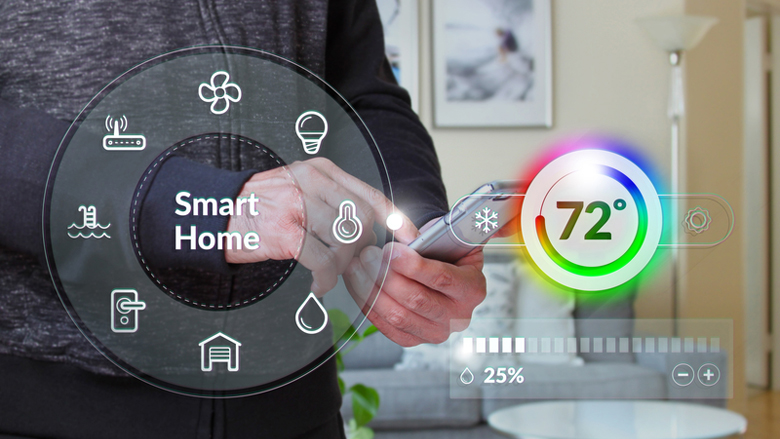IoT, is the Internet of Things. You may have heard the buzz; people talking about a world in which more and more ‘things’ are connected.
Your car, your garage door, your thermostat, perhaps the feeder for your pet; the options are seemingly limitless. All controlled by your phone or watch. The home of the future is here; the world of the future is unfolding before us. The Internet of Things is here.
The promise is grand; interconnectivity, convenience and information. Concerns follow, the murmur of which are drowned by the enthusiasm of those who market the products and by the early adopters.
Let’s look a bit deeper.
Our world is largely completely connected. With the faster broadband speeds that brought cloud services to life, we have relatively reliable and faster cellular speeds; combined, these afford us nearly uninterrupted access to software that can connect and control any number of devices.
Over the last few decades, control mechanisms evolved from mechanical to digital circuitry, leaving only a connection to durable wireless to make them controllable remotely. Long have we been able to control our TV from the couch, unlock our car doors as we approach . . . why not start the coffee maker from the upstairs bathroom as we brush our teeth in the morning, or as we pull down the driveway after a long day?
Home automation is evolving and is seemingly the natural progression in a world where we tap our phone in a retailer to move money from our account to theirs. We live in a time where our wristbands measure our vital signs and our physical exertion, communicating with apps on our phones which let us know if there is room in our daily caloric budget for dessert. These are new and connected times indeed.
Yes, there are two sides to every coin, a downside for every upside. In the case of IoT, there are expected concerns and somewhat fringe “Orwellian” possibilities.
These devices are controlled by software which can be, as software often is, affected by glitches in code and unapplied patches and updates. Sounds innocuous enough until your electric bill is double because every weekday afternoon, while you’re away, your thermostat runs the air conditioner at full.
Software that is connected to the internet is also susceptible to viruses and hacking; I know, who would hack your HVAC system . . . ask that of Target. If the bad guys hack your car, could they open your garage door? Could your thermostat tell them, predictably, that you aren’t home?
For those who read Mr. Orwell, it is not a stretch to consider those cute little driving monitors will stop giving discounts and start raising rates, based upon driving habits. Let’s hope that legislators never make these a vehicle safety requirement.
It continues to be a brave new world; full of accessibility and ease. We have a world which is, and will become even more, integrated; adopt it, embrace it, though do it wisely.
– Originally published: The Greater West Chester Chamber of Commerce, Chamber Chatter Magazine, May-June 2016 Issue
